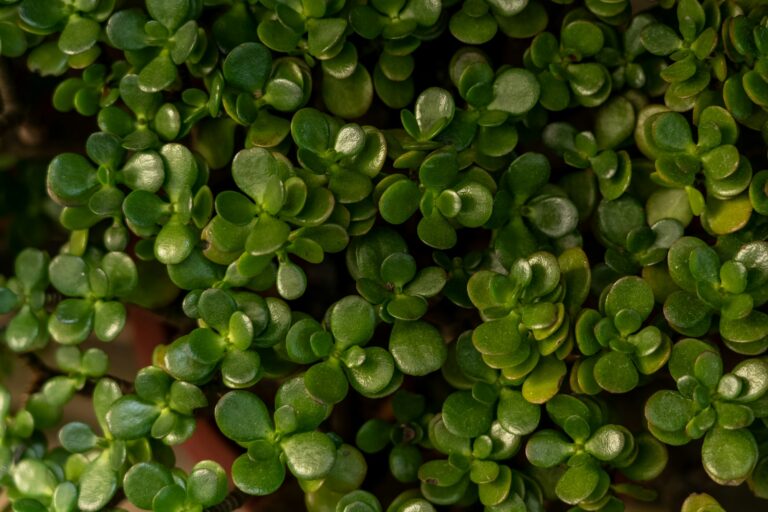How to Store Carrots In the Ground for Winter

Are you looking to maximize your harvest this season by storing your carrots in the ground over winter? This method can be a great way to keep your root vegetables fresh and tasty throughout the colder months. If you’re unsure where to start or need some guidance on how best to do this, you’re in the right place.
In this comprehensive guide, we’ll explore everything you need to know about storing carrots in the ground for winter. From when to put your crop to bed to the best practices for successful storage, we’ll cover it all. By the end of this article, you’ll be equipped with the knowledge you need to ensure your carrot harvest is well-preserved and ready to enjoy whenever you need them.
What You’ll Learn
This Method Is Not for You If…
Before we dive into the process of storing carrots in the ground, it’s essential to understand that this method is not suitable for all situations. Consider the following scenarios where storing carrots in the garden over winter may not be advisable:
- Your winter soil temperatures do not stay below 40°F.
- Your winters are very rainy, or your soil is not well-draining.
- Your area is prone to carrot rust flies.
- You have planted a variety that is not designed for winter storage.
In these cases, it may be best to harvest your carrots and store them in a fridge, root cellar, or cool basement instead. It’s important to consider your specific growing conditions to determine the best storage method for your crop.
When to Put Your Crop to Bed
Timing is crucial when it comes to storing carrots in the ground for winter. After experiencing a couple of frosts, which can enhance the sweetness of your carrots, but before the ground freezes, it’s time to prepare your crop for storage. Keep an eye on the weather report, and be prepared to start the storing process after a few light freezes.
To learn more about how different degrees of cold can impact your plants, check out our article on frost damage.
Mark Your Crop
Before covering your carrots with mulch, it’s essential to mark your crop to ensure you can easily locate them when it’s time to harvest. Use a sign, stick, or other method to indicate where your carrot patch is located. This will prevent any confusion and make harvesting a breeze.
Tip: If you expect heavy snowfall, choose a marker that is tall enough to exceed the expected snow depth.
Lop the Tops Off
Trimming the tops of your carrots is a crucial step in preparing them for winter storage. Cutting off the greens helps preserve the sweetness of the roots and prevents rotting in humid climates. Leave about 1/4 to 1/2 inch of the green stem intact after trimming.
Cover Your Roots
After marking your beds and trimming the greens, it’s time to cover your carrots with an insulating mulch. Materials such as straw, hay, or leaves can be used to create a protective layer over your crop. Avoid using compost, bark, or woodchips, as these materials are not suitable for insulating your carrots.
Ensure the mulch is dry to prevent mold from forming on your crop. You can also add a layer of soil over the carrot crowns before mulching for additional insulation. Cover your carrots with a 12-inch-thick layer of mulch, extending the protection out to a perimeter of at least 12-18 inches around each plant.
Consider using a row cover or an old bed sheet over the mulch layer to secure it in windy areas. In regions where snow covers the ground for most of the winter, the snow can provide extra insulation for your carrot beds.
Can It Be Too Cold For Ground Storage?
While most extension offices recommend harvesting carrots before the ground freezes, certain well-mulched carrot patches can withstand sub-zero temperatures. In colder climates, where the ground freezes in winter, it may still be possible to store carrots in the ground successfully with proper mulching and protection.
The soil temperature underground remains slightly higher than the ambient air temperature, providing a conducive environment for storing carrots in the ground. Experiment with mulching techniques and snow cover to protect your crop from extreme cold temperatures.
When to Harvest
If your carrot beds are adequately mulched, you can harvest the roots throughout the winter, as needed. However, avoid letting the carrots grow into spring, as this can result in decreased sweetness and a tough texture due to energy being diverted back into the greens.
For optimal results, harvest your carrots before spring arrives to enjoy the best flavor and quality. Unless you are overwintering your crop for seed production, aim to harvest your carrots before the greens begin to regrow.
Leaf Them in the Ground
Now that you’ve prepared your carrots for winter storage, with the beds marked, greens trimmed, and roots insulated under mulch, it’s time to relax and plan for next year’s harvest. Share your experiences in the comments below and let us know if you’ll be storing your carrots in the ground this winter.
For more tips on harvesting and storing root vegetables, explore the following articles:
- When and How to Harvest Homegrown Potatoes
- How to Harvest and Store Rutabaga
- How to Harvest and Store Sweet Potatoes
With the right techniques and preparation, storing carrots in the ground for winter can be a rewarding way to preserve your harvest and enjoy fresh produce all season long. Experiment with different mulching methods and adjust based on your climate and growing conditions to find the best approach for your carrot storage needs.





